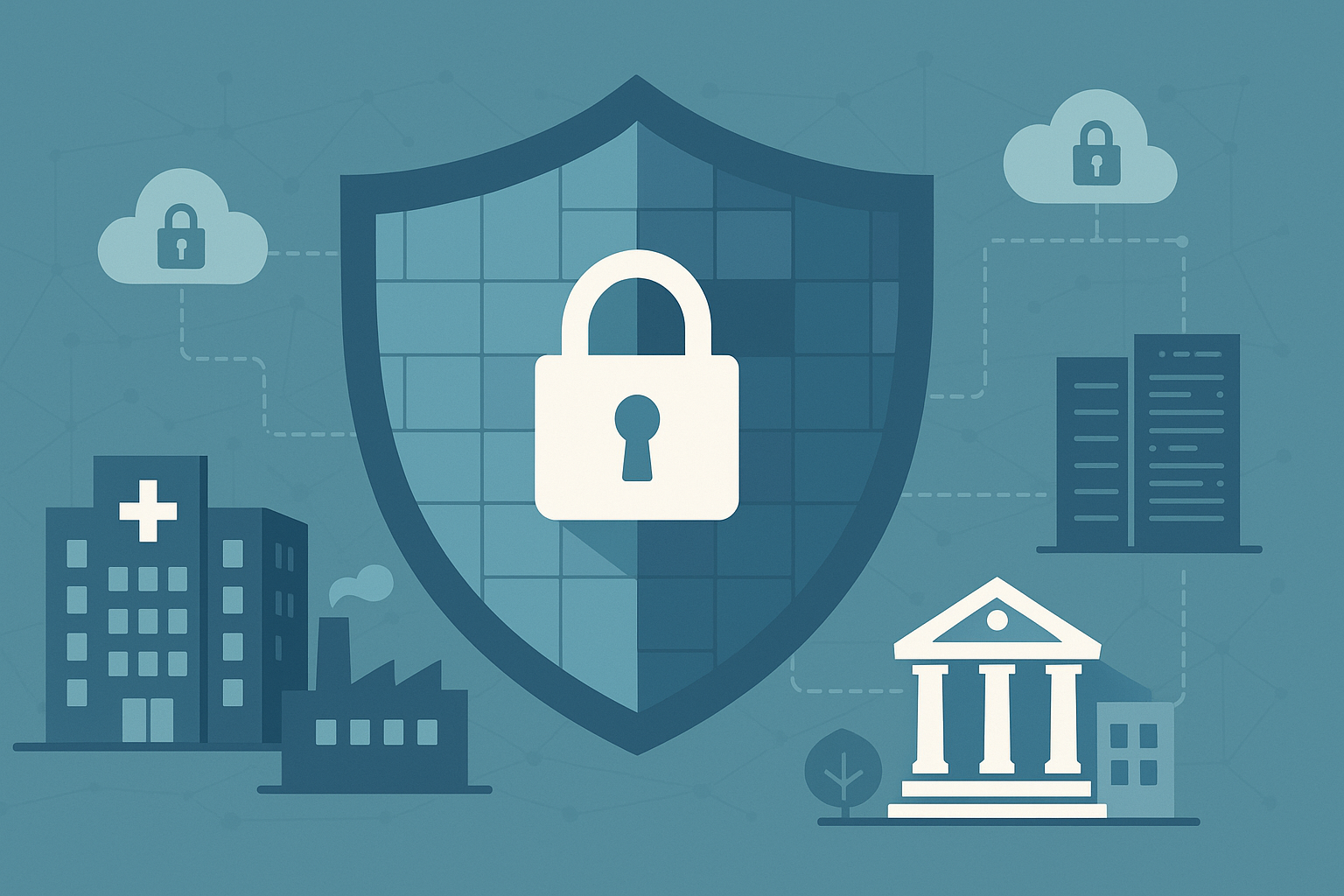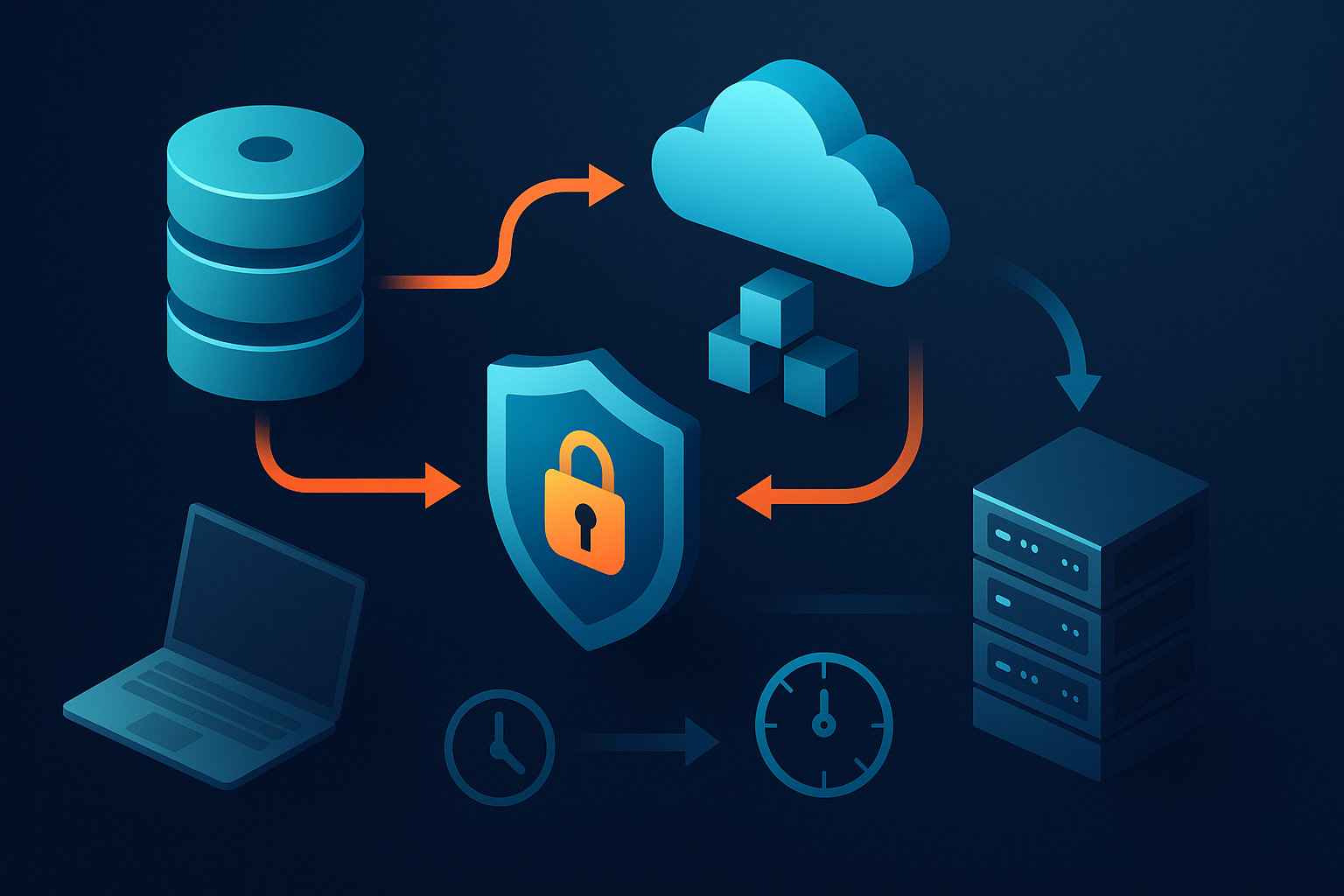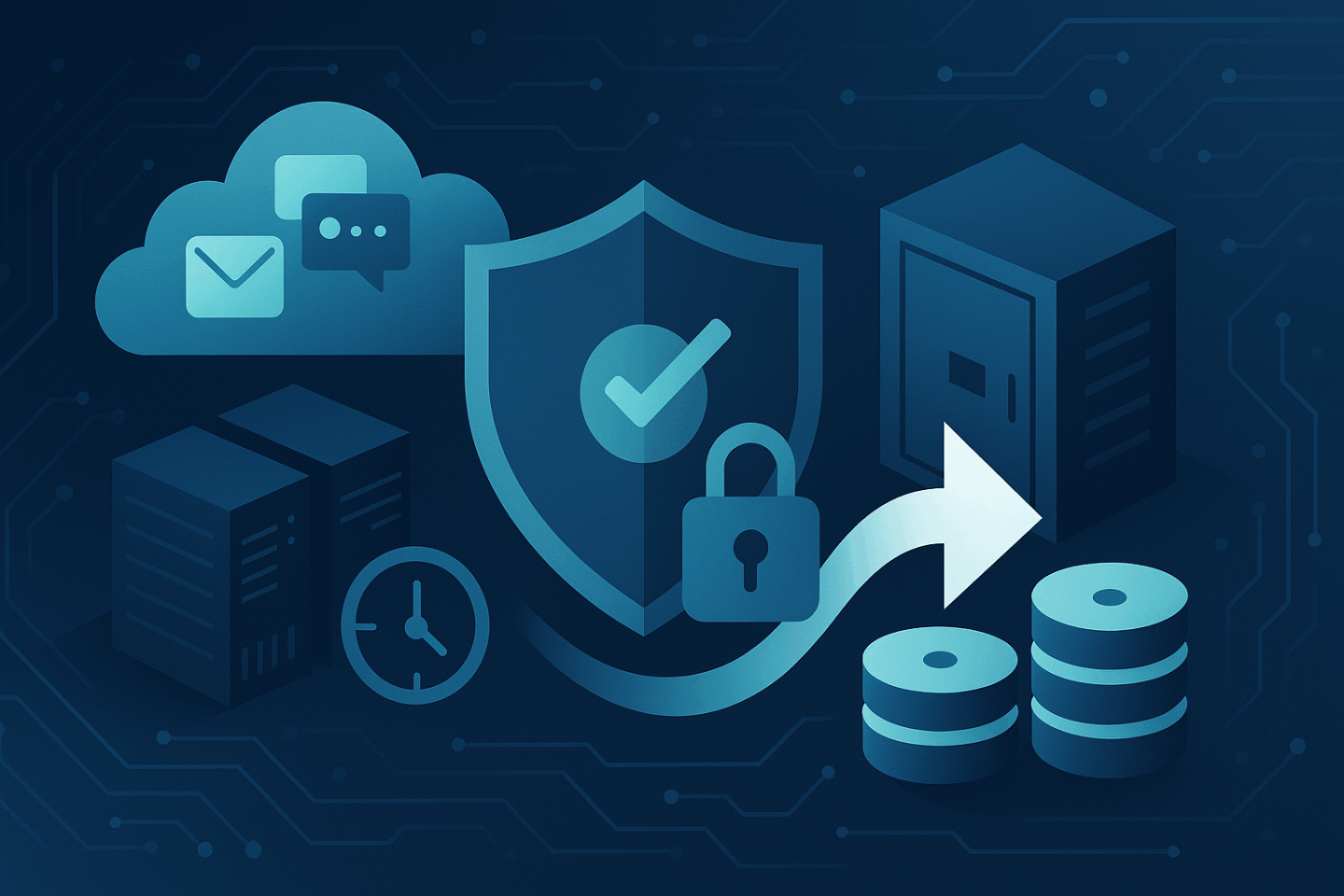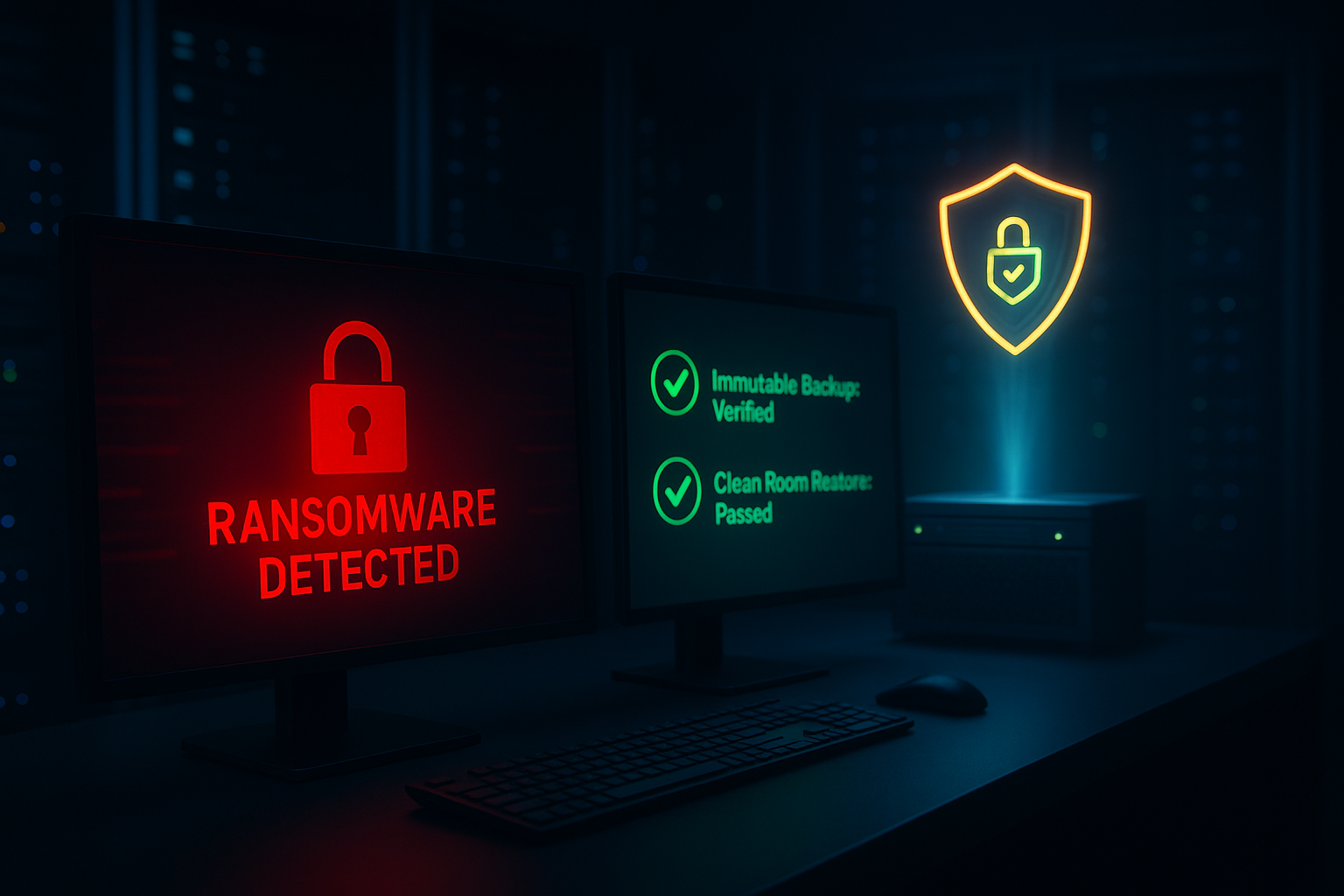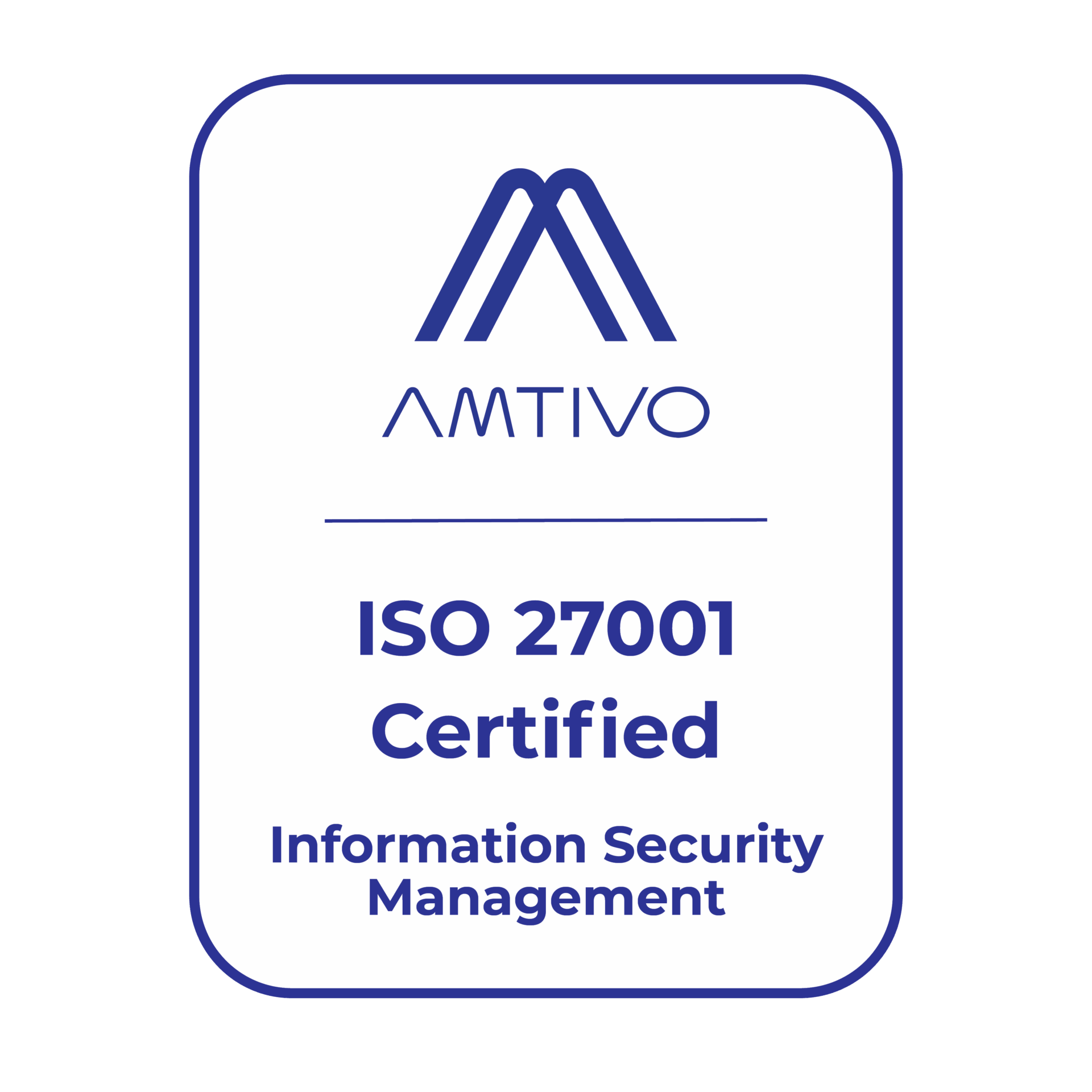DATA PROTECTION TRENDS, NEWS & BACKUP TIPS
Disaster Recovery Planning for Education: A Step-by-Step Guide for IT Leaders
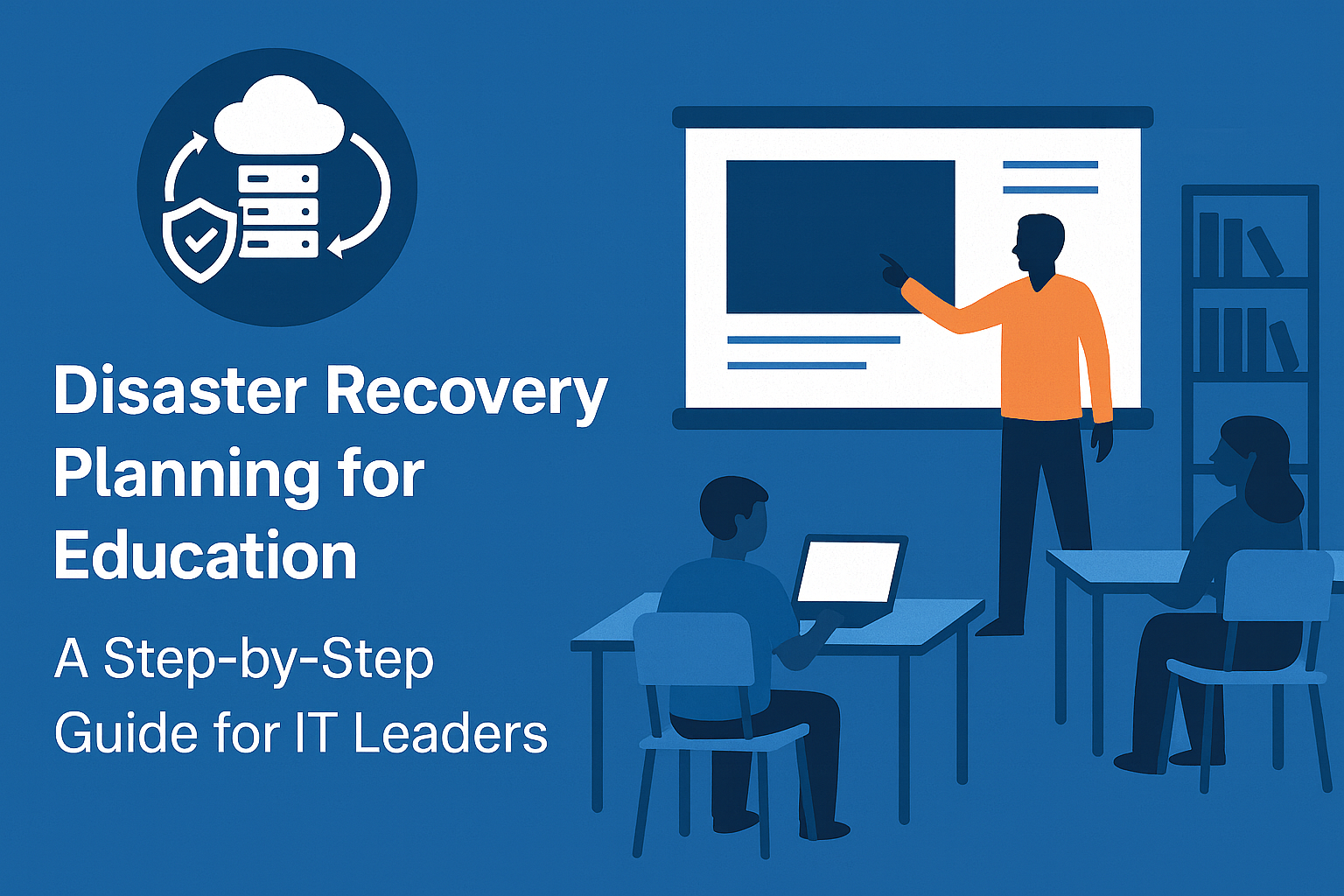
Downtime is the enemy of education. When critical IT systems go offline at a school or university, classes can grind to a halt, students and faculty lose access to essential resources, and the entire academic schedule is thrown into chaos. We’ve seen it happen , a network outage on a major campus left thousands of students unable to access emails, class schedules, or online assignments. In another case, a ransomware attack forced schools to stay closed for days, with each lost day estimated to cost nearly $550,000 in disruptions. These incidents underscore a simple truth: every educational institution needs a robust disaster recovery (DR) plan.
For IT leaders in education, building a solid DR plan might feel daunting, especially when juggling limited budgets and the unique challenges of academic environments. But take heart , this guide will walk you through a step-by-step approach to disaster recovery planning tailored for schools and universities. We’ll cover how to identify your critical systems (think student records, learning platforms), define realistic recovery goals, and implement solutions like CyberFortress’s Veeam-powered Disaster Recovery as a Service (DRaaS) for quick, automated failover. The tone here is supportive and straightforward, because we know the stakes: downtime isn’t just an inconvenience, it disrupts learning. Let’s ensure that no matter what happens , whether it’s a cyberattack, hardware failure, or natural disaster, your classrooms can stay online and on track.
Step 1: Identify Critical Systems and Data in Your Institution
The first step in any disaster recovery plan is knowing what you’re protecting. For educational institutions, that means pinpointing the critical systems, applications, and data that absolutely must be kept safe and quickly recoverable. Start by making an inventory of your “must-have” systems:
- Student Information Systems (SIS): Platforms that store student records, grades, attendance, and personal data (examples include PowerSchool or Banner). If these go down, everything from class registration to transcript processing could stall.
- Learning Management Systems (LMS): Online learning platforms like Canvas, Blackboard, or Moodle host class materials, assignments, and grades. An LMS outage means students and teachers lose access to coursework in progress, unacceptable in today’s digital learning environment.
- Communication & Collaboration Tools: Email servers, messaging platforms, and video conferencing systems (think Microsoft 365, Google Workspace, Zoom) are the lifeline of both in-person and remote learning. If faculty and students can’t communicate or access cloud drives, instruction and coordination suffer.
- Other Essential Applications: Consider systems like library databases, research data archives, scheduling systems, finance and HR systems, and even physical access control if they depend on IT. In higher education, research labs might have critical data that needs protection, while K-12 districts might rely on specific educational apps or statewide testing portals.
Not all systems are equal , some can be offline for a day with minimal damage, while others are mission-critical to every hour of operation. The key is to prioritize. Engage with stakeholders across campus: ask your Registrar’s office, faculty representatives, and department heads what systems are absolutely vital for daily instruction and operations. This collaborative approach ensures you don’t overlook anything and helps get buy-in for the DR plan later. Remember, your goal in this step is to create a clear list of critical systems and data, so you can focus your recovery efforts where they matter most.
Step 2: Conduct a Risk Assessment and Impact Analysis
With your list of critical systems in hand, the next step is to assess what risks threaten those systems and how downtime would impact your institution. In other words, perform a basic risk assessment and business impact analysis (BIA). This sounds technical, but it’s essentially a guided what-if exercise:
- Identify Potential Disasters: Brainstorm scenarios that could cause an outage. Think broadly , natural disasters (fires, floods, hurricanes especially if your region is prone to them), technology failures (server crash, network outage, power loss), and cyber incidents (ransomware, malware, or even a student accidentally deleting important data). In recent years, cyber threats have become a top concern; with education increasingly targeted by ransomware, the risk is very real. But don’t ignore mundane issues like a construction crew cutting through a fiber line or a cooling system failure in your server room. Any of these can bring down systems.
- Estimate the Impact: For each scenario, ask “What happens if this system is down for X amount of time?” and “What if we permanently lost Y amount of data from this system?” This is where you quantify disruption. For example, if your LMS is unavailable, classes might be canceled or moved offline, causing instructional hours to be lost and significant frustration for students and teachers. If your SIS or gradebook data were lost, could you reconstruct it? If a research database went down, how does that affect grants or academic progress? By attaching consequences to each hypothetical disaster, you can highlight which systems and data must be recovered first and how quickly.
- Prioritize Based on Impact: Your BIA will reveal which systems are truly critical by showing the ripple effect of their downtime. You might discover, for instance, that while email being down is inconvenient, losing the LMS during finals week is catastrophic. Or that the financial system can be offline for a day, but the online learning platform cannot. This helps categorize systems into tiers (e.g., Tier 1 , must be restored immediately; Tier 2 , can tolerate a short delay; etc.).
Performing this analysis not only clarifies priorities, it also provides a reality check for stakeholders. It paints a vivid picture of what’s at stake when a system fails. Many higher education leaders have historically focused on emergency response and campus safety plans, but comprehensive IT disaster recovery is just as critical. By understanding the potential impact in advance, you build urgency and support for investing in a strong DR plan.
Step 3: Define Realistic RTO and RPO Goals
With critical systems and risks clearly identified, it’s time to set your recovery targets: RTO and RPO. These acronyms are vital metrics in disaster recovery planning, and getting them right will guide your entire strategy:
- Recovery Time Objective (RTO): How quickly do you need to restore a system after a disruption? This is the maximum acceptable downtime. For example, you might decide that your LMS should be back online within 2 hours of an outage, but your facilities work-order system could be down for 24 hours without severe issues. Essentially, RTO asks: “How long can this system be unavailable before we face unacceptable consequences?”
- Recovery Point Objective (RPO): How much data can you afford to lose if a system has to be restored from backup? This is measured in time since the last backup or sync. For instance, an RPO of 1 hour for your student records database means you’re aiming not to lose more than 1 hour of data entries , any more would be too damaging. RPO asks: “If we had to revert to a backup, how recent should that backup be at minimum?”
Setting RTO and RPO requires balancing ideal outcomes with practical feasibility. In a perfect world, you’d want every system back up in minutes and zero data loss. In reality, ultra-tight objectives can be technically challenging and expensive to achieve. So focus on what’s realistic and necessary. Here are some tips for defining these goals in an education context:
- Consider the Academic Calendar: Timing is everything. For a university, an outage during add/drop week or final exams is far more damaging than during summer break. This might lead you to set more aggressive RTOs during critical periods. Some schools even plan maintenance windows or DR drills during off-peak times (like semester breaks) to avoid disruption.
- Consult Academic & Business Stakeholders: Discuss with leadership and departments how long each system could be down before chaos ensues. Can you afford 8 hours without the LMS? Maybe overnight is tolerable if it’s a weekend, but not during the day. How about losing a day’s worth of enrollment transactions or grades? These conversations frame RTO/RPO in real, relatable terms. For example, you might come out with decisions like “Email can be down for one day, but we cannot lose more than 30 minutes of finance system data on payroll day.” The goals should reflect a consensus on what the campus can tolerate.
- Tier Your RTO/RPO by System Criticality: It’s common to have different targets for different systems. A Tier-1 critical system (like the main student records database or primary learning platform) might have an RTO of a few hours and RPO of an hour or less. Tier-2 systems (like internal admin tools) might have an RTO of 24 hours and RPO of a day. The idea is to allocate your fastest recovery resources to what matters most.
- Be Realistic with Resources: Achieving a 15-minute RTO might require significant investment , possibly redundant infrastructure or specialized services. Make sure to weigh the cost of downtime against the cost of meeting that RTO. Often, improving from, say, a 4-hour RTO to a 1-hour RTO provides a huge benefit, whereas going from 1 hour to near-zero might cost exponentially more. For most educational institutions, especially smaller colleges or school districts, it’s about striking a sensible balance. Aim for RTO/RPO targets that significantly reduce risk and disruption, but are feasible given your budget and technology. You can always tighten these over time as capabilities grow.
By formalizing your RTO and RPO for each system, you turn abstract worries into concrete, actionable goals. Instead of hoping “we get the system back soon” you’ll be able to say, for example, “we plan to be back online within 4 hours, with no more than 15 minutes of data loss” , a promise that provides clarity and confidence. These targets will drive the choices you make in the next steps of building your disaster recovery plan.
Step 4: Choose and Implement the Right Disaster Recovery Solution (DRaaS to the Rescue)
Now for the execution phase: with your requirements defined, how will you actually meet those RTO/RPO targets and protect those critical systems? This is where you design your technical Disaster Recovery solution. In years past, a university or school district might maintain a secondary data center or co-location site as a backup. That approach works, but it’s expensive and complex , especially for resource-strapped education IT teams. Fortunately, today we have more efficient options, like Disaster Recovery as a Service (DRaaS), which is often a perfect fit for education.
What is DRaaS? It’s essentially a cloud-based DR solution where a service provider (like CyberFortress) helps you continuously replicate and backup your critical systems to a secure offsite cloud environment. If disaster strikes your primary site, you can fail over to the copies in the cloud, keeping things running. Think of it as having a fully equipped emergency campus in your back pocket, ready to spin up at a moment’s notice, without you having to build and maintain that infrastructure yourself.
Here’s why a DRaaS solution, especially one powered by industry-leading technology like Veeam , can be a game-changer for schools and universities:
- Automated, Rapid Failover: When an incident occurs, time is of the essence. Veeam-powered DRaaS allows for automated failover of your systems. This means if your primary servers go down, the system can quickly switch to the replicas running in the cloud. For example, if a power outage or flood takes out your data center, your VMs (virtual machines) hosted offsite can spin up and take over operations, often within minutes. Automated orchestration eliminates many manual steps, reducing human error and speeding up recovery when you’re under pressure.
- Efficient Data Replication: Veeam is known for its powerful replication and backup capabilities. With continuous or scheduled replication, you’re sending the latest copies of your VMs and data to the cloud. In practice, this helps shrink your RPO , some institutions replicate critical databases as frequently as every few minutes. So if you ever have to fail over, the data loss is minimal because the cloud copy is nearly up-to-date.
- Testing Without Disruption: A major benefit of a well-designed DRaaS is the ability to test your disaster recovery plan regularly without breaking anything. For instance, CyberFortress’s Veeam-powered DRaaS can perform non-intrusive failover tests. You can verify that your student portal or LMS will actually come up correctly in the DR environment, before a real disaster hits. Testing gives peace of mind and helps you refine the process (more on testing in the next step).
- Expert Support and Simplified Management: When you partner with a provider like CyberFortress, you’re not going it alone. DRaaS comes with experienced backup and recovery specialists who manage the back-end, monitor for issues, and assist during an incident. Education IT departments already have their hands full; having a team of DR experts on call means you can focus on coordinating campus needs while the technical heavy lifting is handled. And since CyberFortress’s infrastructure is Veeam-powered, you’re leveraging a platform trusted by thousands of organizations (including those in education).
When choosing a DR solution, keep in mind any compliance requirements too. Education comes with data privacy obligations like FERPA , so your backups and DR copies should be encrypted and handled securely. (CyberFortress’s solutions, for example, offer FERPA-compliant data protection out of the box.) Ultimately, implementing the right DR strategy is about ensuring that even if the worst happens, learning doesn’t stop. With the combination of careful planning and modern DRaaS technology, you can make near-zero downtime a reality for your institution.
Step 5: Test the Plan Regularly and Refine It Continuously
A disaster recovery plan isn’t a “set it and forget it” document , it’s a living strategy that needs regular exercise and updates. Once you have your DR solution in place (whether DRaaS or another approach), testing is absolutely critical. Testing validates that your plan works and that your team knows what to do when an incident strikes. It also often reveals gaps or adjustments needed. Here’s how to keep your DR plan in top shape:
- Run Simulated Drills: At least annually (some do it each semester), conduct a mock disaster drill. This could be as simple as a scheduled simulation where you purposely failover a less critical system to the DR environment, or as complex as a full campus-wide exercise. Testing should involve the steps you’d take in a real event: notification processes, bringing up systems from backups, and verifying everything works. For example, you might simulate a server outage in the middle of a term and ensure that your LMS successfully comes up in the DR site and that a few test users can log in and access course materials.
- Involve the Team and Stakeholders: Make sure your IT staff are trained on the DR procedures and know their roles. Who declares a disaster and triggers a failover? Who communicates status updates to faculty and administration? Have clear assignments and backups for each role. It’s also wise to brief key stakeholders (like the provost or school superintendent) on the DR plan so they know what to expect , nobody likes surprises when an outage happens.
- Document Every Step: Keep an updated runbook or checklist for disaster recovery. This should detail the exact steps to fail over to the DR environment, how to switch networks or re-point users to the backup systems, and how to fail back to primary systems once the crisis is resolved. During a chaotic event, these documented procedures are a lifesaver (literally like a fire drill manual). After each test or real incident, revise this documentation if needed.
- Learn and Improve: Use tests to capture lessons. Maybe a test shows that restoring a particular application took longer than expected , that might indicate a need for a better configuration or an adjustment to your RTO for that system. Or you might discover a dependency (for instance, the library system also needed the identity management system up before it could work) that wasn’t accounted for, and you’ll update your plan accordingly. Continuous improvement is the name of the game. Just as teaching methods evolve and curricula get updated, your DR plan should be refined over time as technology and campus needs change.
Finally, don’t forget to account for growth and changes. If your university adopts a new cloud application for learning or your district rolls out one-to-one laptops, incorporate those into your DR scope. The environment in education tech can change rapidly (new software, upgrades, cloud migrations), so review your DR plan whenever a major change happens. Keeping the plan aligned with reality ensures that when a disruption occurs, you won’t find out the hard way that something was missing from your recovery strategy.
Conclusion: Confidence in Continuity for Your Campus
Building a disaster recovery plan for an educational institution is a journey, but it’s one that pays off the moment trouble strikes. By following these steps , identifying critical systems, assessing risks, setting clear RTO/RPO goals, leveraging a strong DR solution like Veeam-powered DRaaS, and rigorously testing your plan , you’re investing in the resilience of your school or university. It means that a server crash on the eve of midterms doesn’t have to cancel classes, and a ransomware attack won’t wipe out student records or research data. Instead of scrambling in panic, you and your team can execute a well-rehearsed plan, keeping students learning and campus operations running with minimal interruption.
Downtime in education isn’t just an IT problem; it’s a campus-wide problem , it impacts learning outcomes, faculty productivity, and the institution’s reputation. The good news is that with the right preparation, it’s a solvable problem. A robust disaster recovery plan is your safety net, your assurance that even if one part of the system fails, the academic mission will carry on. As an IT leader, there are few things more empowering than knowing you can tell your provost or principal, “We’ve got this. Even if the worst happens, we’ll have everything back online swiftly and securely.”
Next Steps , We’re Here to Help: If you’re feeling unsure about any aspect of your disaster recovery strategy or simply want expert guidance tailored to your institution, we invite you to reach out. Talk to a CyberFortress Backup and Recovery Expert about protecting your school or campus. We take a consultative approach , our team can help you assess your current preparedness, explore solutions like DRaaS, and even share best practices from other educational institutions we’ve helped. Let’s work together to keep your classrooms online and your data safe, no matter what challenges come your way.
